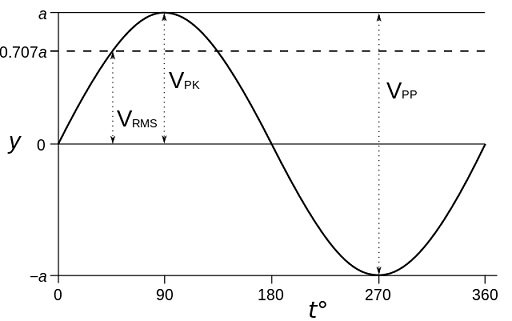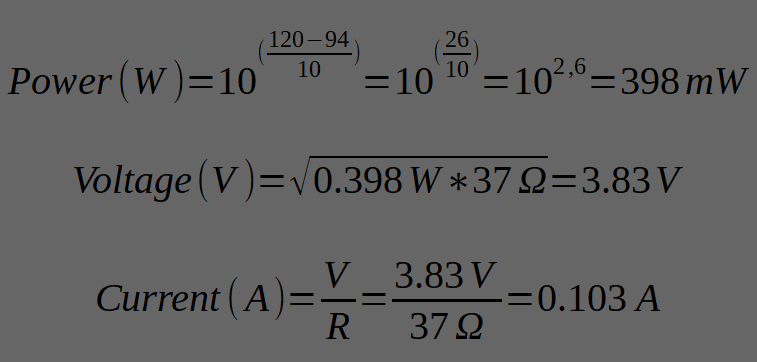Part 5
Power, Sensitivity and Impedance
 For ease of explanation, I will write this for DC circuits. As such I will use resistance and impedance interchangeably. Audio is off course AC.
For ease of explanation, I will write this for DC circuits. As such I will use resistance and impedance interchangeably. Audio is off course AC.
This part aims to explain how to evaluate if your amplifier can properly drive your speaker or more commonly, headphone. There are some assumptions on my part that I (hopefully) mark clearly.
Units and Vocabulary
In Part 2 of this thread, I touched briefly on Ohm’s Law. Short refresher:
Power (in Watt) is Current (in Ampere) times Voltage (in Volt)
Voltage (V) equals Current (A) times Resistance (Ω), or squre root of Power (W) times Resistance (Ω)
Sensitivity in dB per W (the lower case “m” often found before the W is the metric prefix for 10^-3)
Decibel (the lower case “d” is also a metric prefix, the unit is “Bel”) is used to describe ratios. It is logarithmic meaning for each 10dB you need 10 times the power.
AC characteristics (for those interested)
RMS Voltage (Vrms), Peak Voltage(Vpk) and Peak to Peak Voltage (Vpp)

All of these are used to describe voltage in an AC circuit.
Vrms is often described as the equivalent DC voltage after rectifying.
Vrms = Vpk * 1/sqrt(2) ≈ Vpk x 0.707
Vpk ≈ Vrms x 1.4
In practical terms: The USAs normal power outlets deliver 120V RMS. Meaning the peak voltage is 170V
In Europe with its 230V RMS, you get 326V peak voltage.
This is why capacitors on the grid facing side of power supplies are rated for 400V, not 230V.
Calculations
Example for Beyerdynamic DT-990’s (250 Ω, 96dB/mW):
To get a good headroom (pulling from thin air) 120dB SPL, we need

Now we know the required power. To push that power through the headphone, we need a voltage::

At that voltage, the RMS current (not voltage!) will be:

Example for a Hifiman Sundara (37 Ω, 94db/mW):
As you can see, while the voltage halved, the current tripled.
So not only would our headphone amp have to get to 3.9V, it would have to do so while 100mA “drain away” through the driver.
Why are Planars so inefficent?
Most attraction forces decrease logarithmically, meaning with every unit distance you move away, you only have the square root of the distance in force remaining.
This is way more physics than I am comfortable with, but for the directional force F on a long conductor in a homogenous B-field is equal to the current I times length of the conductor in the field l (lower case L) × B component.
In other words, when you maxed out coil length in the membrane and stregth of the magnets, you need to crank up the current.
 For ease of explanation, I will write this for DC circuits. As such I will use resistance and impedance interchangeably. Audio is off course AC.
For ease of explanation, I will write this for DC circuits. As such I will use resistance and impedance interchangeably. Audio is off course AC.





